May 22, 2025 | 13:43 GMT +7
May 22, 2025 | 13:43 GMT +7
Hotline: 0913.378.918
May 22, 2025 | 13:43 GMT +7
Hotline: 0913.378.918
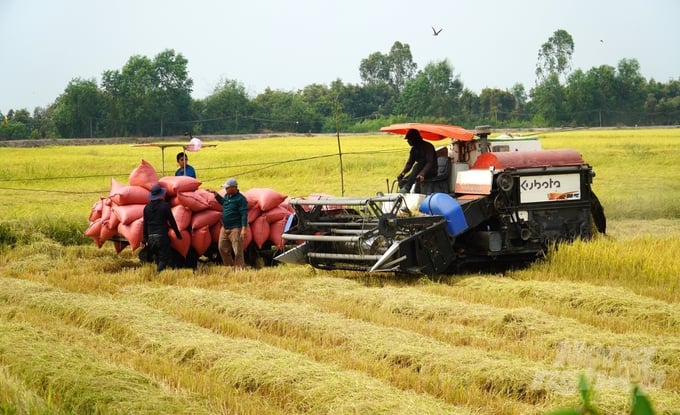
The main causes of increased greenhouse gas emissions in our country's rice production are unsustainable agricultural intensification, high fertilization rates, and water use for irrigation. Photo: Kim Anh.
According to the Food and Agriculture Organization of the United Nations (FAO) and according to research by the World Bank (WB) in Vietnam, agriculture is the second highest "contributing" sector to greenhouse gas emissions in Vietnam, with about 19% of total emissions in 2020, estimated at 104.5 million tons of carbon dioxide equivalent (abbreviated tCO2e). To make it easier, let's imagine that in a year when Vietnam emits 5 tons of CO2, agriculture contributes 1 ton, showing how much greenhouse gas emissions agriculture causes.
In agriculture, rice production accounts for 48% of emissions, followed by livestock (15.3%), fertilization (12.9%), green manure management (9.5%) and other activities. A unique feature of agricultural emissions is that more than 70% are methane and nitrous oxide.
FAO estimates that carbon emissions from rice production were estimated at 44 million tCO2e in 2020, and the more farmers increase rice production, the more emissions increase.
The World Bank believes each ton of rice produced in China and India emits methane equivalent to 0.7 tons of CO2. Vietnam's methane emissions are higher than those of China and India, estimated at 0.9 tons of CO2.
To sell carbon credits from growing rice, farmers must also not burn straw, increasing the amount of biofertilizer, aiming to reduce methane emissions and create low carbon from rice cultivation. In particular, farmers must adequately follow the carbon credit assessment reporting process.
The more intensively farmers cultivate rice, the more carbon emissions they emit; Increased irrigation (3,000–5,000 liters of water per kg of rice) and increased nitrogen, phosphorus, and potassium fertilization (estimated at 400 kg per ha) are some of the reasons for the increased carbon intensity of rice production in Vietnam.
There are five main causes of increased greenhouse gas emissions in Vietnam's rice production: unsustainable intensive farming; excessive fertilization; Use of a lot of water for irrigation; Improper management of waste/by-products such as straw and rice husks; Inefficient use of energy in agriculture.
Simply put, rice growers chase productivity and output, so they sow thickly, sow many crops, use high land intensity, irrigate too much water, and fertilize too much to have high yields. For example, currently in Vietnam is said to be the country that uses NPK fertilizer the most in East Asia per hectare of land.
Even rice by-products such as rice straw are often improperly managed, typically burning rice straw in the field generating greenhouse gases of 0.7–4.51 g CH4 and 0.019–0.069 g N2Oper kg of burned straw, not to mention emissions from burning straw in the fields, also causes negative consequences for human health and the surrounding environment.
Growing rice to reduce emissions has been one of the major policies of the agricultural sector for many years, because wanting to reduce emissions essentially means reducing input production costs to increase farmers' income such as reducing fertilizers, pesticides, reducing irrigation water, utilizing straw...
However, it seems that the media and many people are "overly excited" when posting information and statements in the media about growing rice to sell carbon credits, and there is even more "exciting" information when said a commune in Dak Lak where farmers grew rice and sold carbon credits.
Mr. Dao Xuan Lai, Head of the Climate, Environment, and Energy Department of the United Nations Development Program in Vietnam, said that, in theory, rice growing in Vietnam can participate in selling carbon credits, but that is an act. The process is long, and growing rice on a small scale, fragmented, without unifying water - fertilizer - and seeds... like today, is impossible.
The long journey that Mr. Lai clearly said will not be easy in the next 5 or 10 years. It is large-scale rice production, with farmers linked together on an area of tens or hundreds of thousands of hectares, with a production process from input plowing and sowing to output of milling finished rice. Over time, it has been proven that reducing emissions and abandoning the mindset of increasing input costs to achieve high yields has been ingrained in farmers for decades.
As for the writer's research about rice farmers selling carbon credits in Dak Lak, it turns out that it is a very small model, only 4-5 hectares of rice, and what the company is doing with farmers is still just a test to measure whether the application of new production methods can reduce emissions or not.
Before dreaming of growing rice to sell carbon credits, farmers could grow rice to reduce emissions, which means increasing income by reducing costs, which is also very successful in agriculture.
Translated by Huong Giang
![Reducing emissions from rice fields: [3] New values generated from carbon credit](https://t.ex-cdn.com/nongnghiepmoitruong.vn/608w/files/content/2025/05/19/dsc09613-144700_71-150957.jpg)
(VAN) In addition to helping safeguard the environment, the low-emission rice cultivation model also generates new opportunities for farmers by leveraging the carbon credit market.
![Ho Chi Minh city adapts to climate change: [1] Vulnerable in the whirlwind of development](https://t.ex-cdn.com/nongnghiepmoitruong.vn/608w/files/duyenht92/2025/05/19/3131-ngap-nongnghiep-163121.jpg)
(VAN) As the country's economic engine with a rapid urbanization rate, Ho Chi Minh city is facing increasingly serious consequences of climate change.
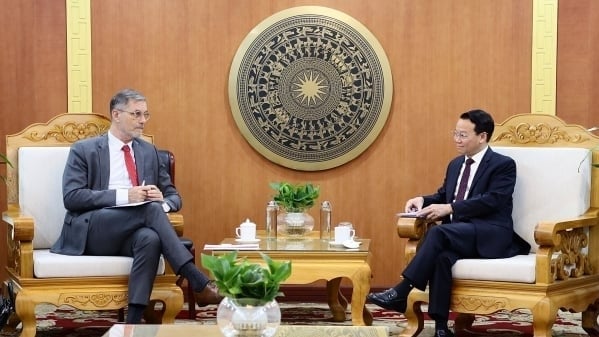
(VAN) On May 21, Minister of Agriculture and Environment Do Duc Duy worked with Mr. Olivier Brochet, Ambassador Extraordinary and Plenipotentiary of the French Republic to Vietnam.
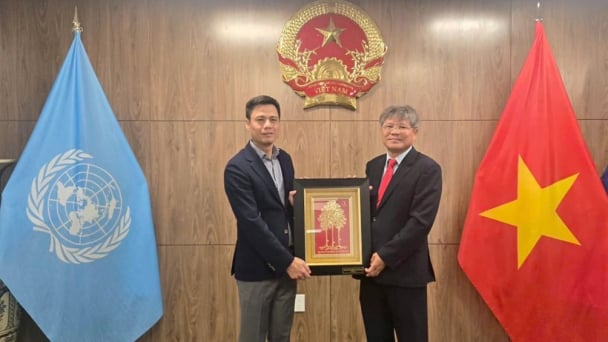
(VAN) VRG recently conducted a visit and working trip to the United States to demonstrate its efforts in redefining the role of rubber enterprises in the global value chain.
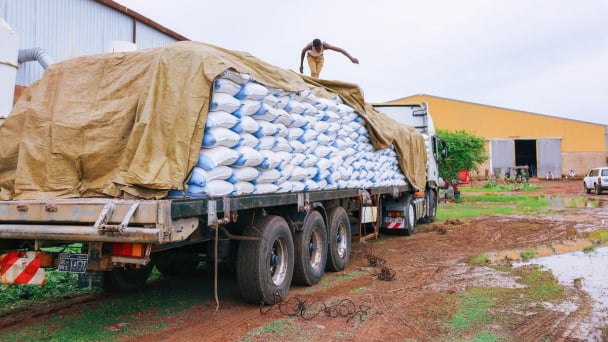
(VAN) In 2024, over 295 million people across 53 countries and territories faced acute hunger—an increase of almost 14 million people compared to 2023, while the number of people facing catastrophic levels of hunger reached a record high.
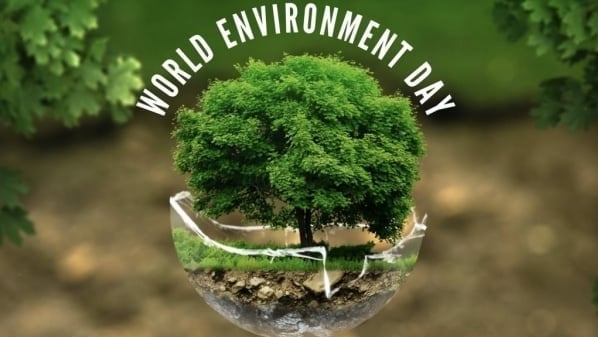
(VAN) World Environment Day 2025 (June 5) carries the theme 'Beat Plastic Pollution' continuing to emphasize the global urgency of addressing the plastic waste crisis.

(VAN) This was the assessment shared by experts at the workshop titled 'Assessing the Role and Potential of Low-Emission Rice Production Systems in Vietnam,' held on the morning of May 19.